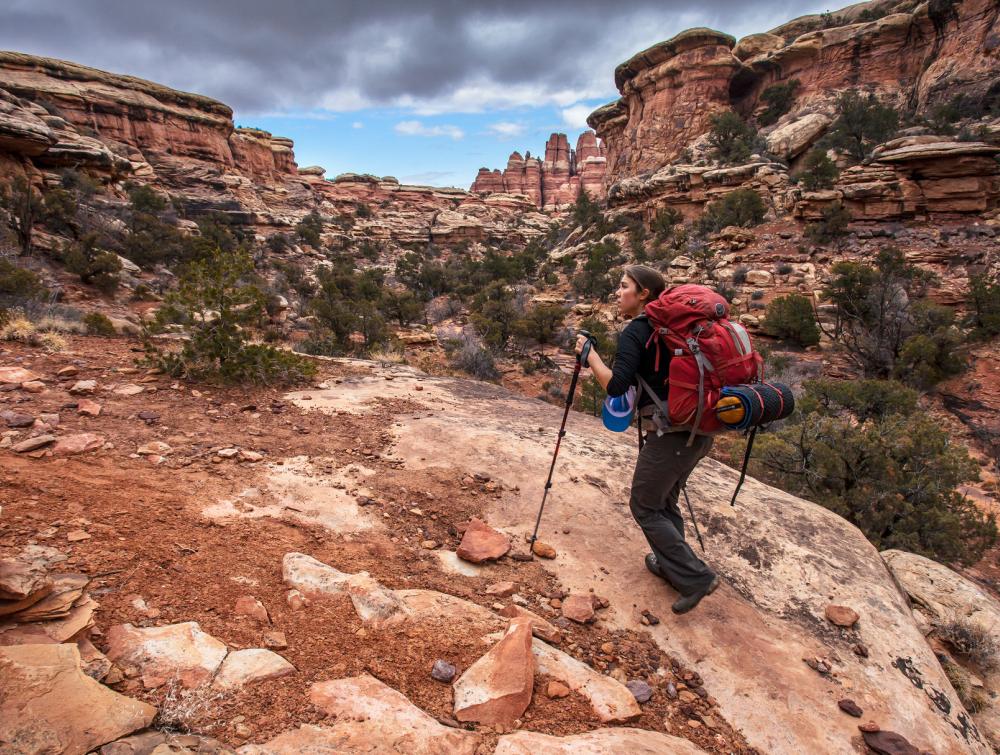Congress fails to save Land and Water Conservation Fund; America’s most important parks program expires

Canyonlands National Park, Utah
Jacob W. Frank
UPDATE
On Oct 2, the Senate Energy and Natural Resources Committee advanced out of committee S. 569, a bill to permanently reauthorize and provide full and dedicated funding for the Land and Water Conservation Fund. But the full Senate sill needs to vote on this bill.
With the end of official legislative business for the week on Sept. 30, the Land and Water Conservation Fund, or LWCF, is officially out of business.
With the end of official legislative business for the week on Sept. 30, the Land and Water Conservation Fund, or LWCF, is officially out of business.
The LWCF has been used to protect iconic landscapes in all 50 states and for more than 41,000 state and local projects. It draws on revenues from oil and gas drilling on the Outer Continental Shelf to pay into these projects—everything from ensuring access to your favorite trail or climbing area, to protecting critical parts of our national parks from development, to investing in local soccer fields and swimming pools. Doing this, it pays the planet back in some small way (at no cost to taxpayers). It’s a long-running bipartisan success whose expiration is a major disappointment.
“It’s simply inexcusable that Congress would fail to permanently renew this effective, bipartisan program that pays for itself,” said Jamie Williams, president of The Wilderness Society, in a statement. “Every day this 54-year-old program is not reauthorized, American families are shortchanged by $2.4 million that would have been invested in land conservation, local parks and rec centers.”
LWCF also helps support America’s strong outdoor recreation economy, which generates more than $887 billion in annual consumer spending and supports 7.6 million jobs. For example, it helps ensure rock climbers, hunters and anglers have access to exceptional natural landscapes and bolsters the recreation infrastructure rural communities rely on for tourism revenue.
What happens next?
-
Projects thrown into limbo.
Projects funded by LWCF are often complex and time-consuming. They need stable and consistent funding to survive. Expiration of the program creates uncertainty for local communities and even threatens to derail future projects.
-
The well goes dry.
Offshore drilling money that is supposed to fund projects through LWCF will now be unavailable for that purpose. This cancels out one of the biggest strengths of LWCF—its lack of reliance on taxpayer funds--and tells local communities that they may not be able to rely on it in the future. It will also put pressure on members of Congress not to fund projects and investments through LWCF.
-
Leadership needed in Washington.
Congress must permanently reauthorize LWCF and provide full, dedicated funding for it. A vast number of lawmakers from both sides of the aisle want this to happen, and now political will is needed to push it over the finish line.
-
Ramped-up attacks from the Trump administration.
Despite broad bipartisan support in Congress, LWCF has faced unprecedented attacks from the Trump administration and its allies, including attempts to raid the fund and repurpose it for non-conservation uses. Trump has proposed budget cuts of more than 95 percent, and in last year’s budget even proposed clawing back prior funding, for a total cut of 103 percent. Lacking re-authorization, LWCF is now extra vulnerable, and the Trump administration is more easily able to bleed the program dry.
